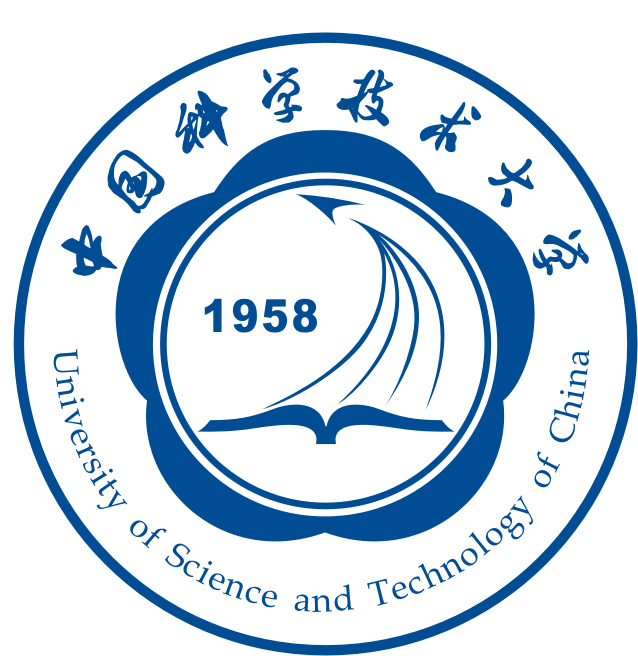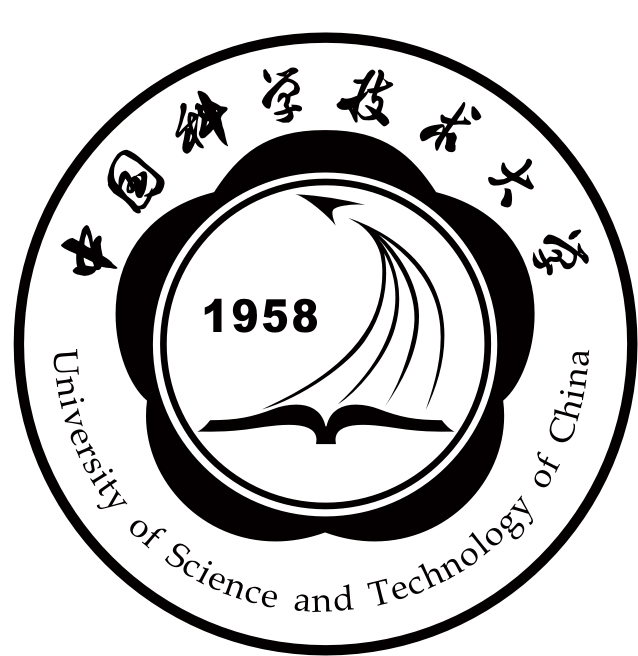
 Ph. D. Candidate at University of Science and Technology of China
Ph. D. Candidate at University of Science and Technology of ChinaI'm Jiaxuan Li (李佳轩), a Ph. D. Candidate from USTC (University of Science and Technology of China), supervised by Prof. Xisheng Luo and Prof. Zhigang Zhai.
My main research interest is in Fluid Mechanics, including experiments and modelings on Richtmyer-Meshkov instability (RMI). You are always welcome to contact me for academic discussions and collaborations!
Warning
Problem: The current name of your GitHub Pages repository ("Solution: Please consider renaming the repository to "
http://".
However, if the current repository name is intended, you can ignore this message by removing "{% include widgets/debug_repo_name.html %}" in index.html.
Action required
Problem: The current root path of this site is "baseurl ("_config.yml.
Solution: Please set the
baseurl in _config.yml to "Education
-
 University of Science and Technology of ChinaDepartment of Modern Mechanics
University of Science and Technology of ChinaDepartment of Modern Mechanics
Ph.D. Candidate in Fluid MechanicsSep. 2023 - Present -
 University of Science and Technology of ChinaDepartment of Modern Mechanics
University of Science and Technology of ChinaDepartment of Modern Mechanics
M.E. Student in Fluid MechanicsSep. 2021 - Jul. 2023 -
 University of Science and Technology of ChinaB.S. in Theoretical and Applied MechanicsSep. 2017 - Jul. 2021
University of Science and Technology of ChinaB.S. in Theoretical and Applied MechanicsSep. 2017 - Jul. 2021 -
 Harbin No.3 High Schoolhigh-school studentSep. 2014 - Jul. 2017
Harbin No.3 High Schoolhigh-school studentSep. 2014 - Jul. 2017
Experience
-
 Hong Kong Polytechnic UniversityResearch Administrative AssistantOct. 2024 - May. 2025
Hong Kong Polytechnic UniversityResearch Administrative AssistantOct. 2024 - May. 2025 -
 University of Science and Technology of ChinaTeaching Assistant in Fluid Mechanics and Fundamentals in GasdynamicsSep. 2020 - Jul. 2021
University of Science and Technology of ChinaTeaching Assistant in Fluid Mechanics and Fundamentals in GasdynamicsSep. 2020 - Jul. 2021
Honors & Awards
-
Excellent paper award in the 21st Chinese National Conference on Shock Waves and Shock Tubes.2024
-
The First Prize scholarship of USTC.2021, 2022, 2024
-
The Second Prize scholarship of USTC.2023
-
Outstanding Teaching Assistant Award in Fundamentals of Gasdynamics (EN).2021
News
Selected Publications (view all )

Asymptotic matching modal model on Richtmyer–Meshkov instability
Jiaxuan Li, Chenren Chen, Zhigang Zhai, Xisheng Luo
J. Fluid Mech. 2025
An asymptotic matching modal model is established based on the singular perturbation method for predicting mode evolution in single- and dual-mode interfaces accelerated by a shock wave. The startup process is incorporated into the model to provide a complete description of the mode evolution after the shock impact. Through considering the feedback from high-order harmonic to the third-order harmonic, the model accuracy is improved and the model divergence is prevented. In addition, the model can evaluate the mutual-coupling effect on the amplitude variations of high-order harmonics besides the ‘beat modes’. To validate the model, experiments on both light–heavy and heavy–light interfaces subject to a shock wave are conducted, and both single- and dual-mode interfaces formed by the soap-film technique are involved. The interface profiles extracted from mode decomposition and predicted by the model show high consistency with the experimental counterparts. Good agreement of the mode amplitude growths between the experiments and theoretical predictions shows the superiority of the model, especially for the heavy–light interface.
Asymptotic matching modal model on Richtmyer–Meshkov instability
Jiaxuan Li, Chenren Chen, Zhigang Zhai, Xisheng Luo
J. Fluid Mech. 2025
An asymptotic matching modal model is established based on the singular perturbation method for predicting mode evolution in single- and dual-mode interfaces accelerated by a shock wave. The startup process is incorporated into the model to provide a complete description of the mode evolution after the shock impact. Through considering the feedback from high-order harmonic to the third-order harmonic, the model accuracy is improved and the model divergence is prevented. In addition, the model can evaluate the mutual-coupling effect on the amplitude variations of high-order harmonics besides the ‘beat modes’. To validate the model, experiments on both light–heavy and heavy–light interfaces subject to a shock wave are conducted, and both single- and dual-mode interfaces formed by the soap-film technique are involved. The interface profiles extracted from mode decomposition and predicted by the model show high consistency with the experimental counterparts. Good agreement of the mode amplitude growths between the experiments and theoretical predictions shows the superiority of the model, especially for the heavy–light interface.

New interface formation method for shock–interface interaction studies
Jiaxuan Li, Qing Cao, He Wang, Zhigang Zhai, Xisheng Luo
Exp. Fluids 2023 My-Favorite-Work
We propose a new interface formation method for shock–interface interaction studies by using the super-hydrophobic–oleophobic surface instead of filaments to constrain the soap–film interface. To verify this method, developments of a single-mode air–SFinterface and a heavy gas layer accelerated by shock waves are experimentally investigated and compared with the previous studies. For single-mode interface developments, experimental schlieren images show that the interfaces are more fully developed, and the thickness of the interface profile reduces more than 60%. For shock-induced heavy gas layer instability, the interface profile is more distinct, and the mixing width of the upstream interface after it passes through the initial position of the downstream interface is largely weakened. Quantitative comparison shows that the filaments used to constrain the soap–film interface have a significant effect on the movement and amplitude growth of the upstream interface, and the superiority of the present method is well demonstrated.
New interface formation method for shock–interface interaction studies
Jiaxuan Li, Qing Cao, He Wang, Zhigang Zhai, Xisheng Luo
Exp. Fluids 2023 My-Favorite-Work
We propose a new interface formation method for shock–interface interaction studies by using the super-hydrophobic–oleophobic surface instead of filaments to constrain the soap–film interface. To verify this method, developments of a single-mode air–SFinterface and a heavy gas layer accelerated by shock waves are experimentally investigated and compared with the previous studies. For single-mode interface developments, experimental schlieren images show that the interfaces are more fully developed, and the thickness of the interface profile reduces more than 60%. For shock-induced heavy gas layer instability, the interface profile is more distinct, and the mixing width of the upstream interface after it passes through the initial position of the downstream interface is largely weakened. Quantitative comparison shows that the filaments used to constrain the soap–film interface have a significant effect on the movement and amplitude growth of the upstream interface, and the superiority of the present method is well demonstrated.
